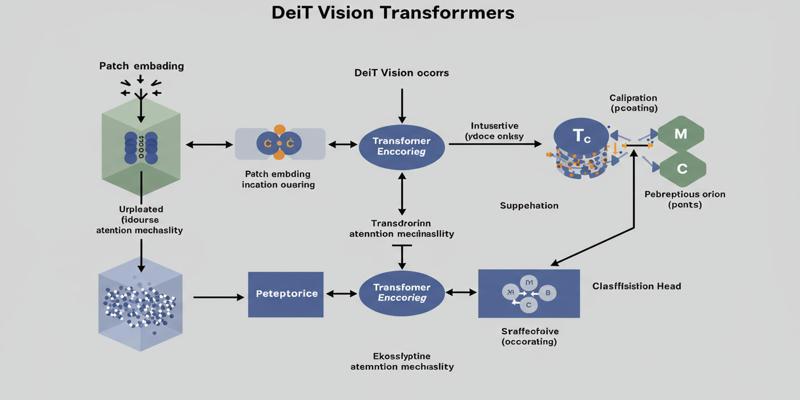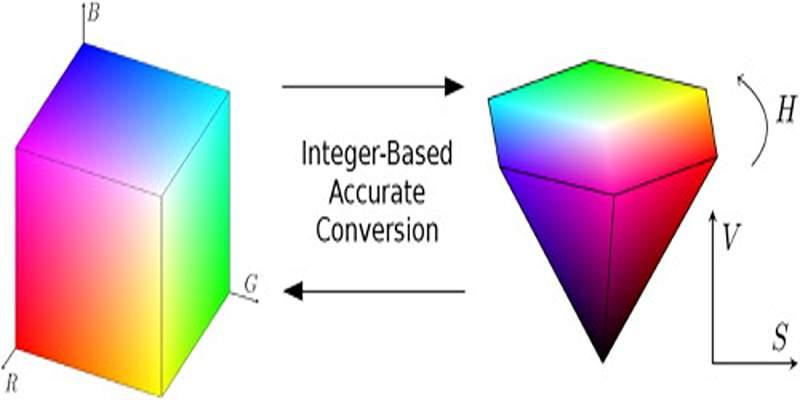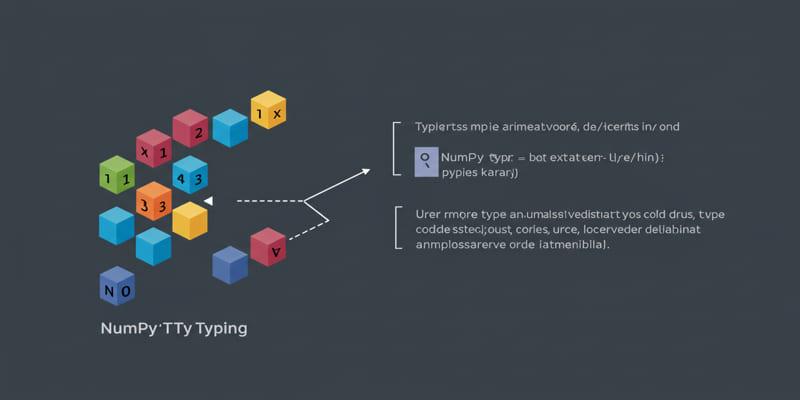
The introduction of the Vision Transformer architecture was a breakthrough in computer vision, as it manages to implement the transformer methodology in image processing. Nonetheless, this innovation had one major constraint, namely, an enormous training data demand. The original Vision Transformer needed hundreds of millions of labeled examples to reach a competitive level of performance, placing impractically considerable barriers to many research teams and organizations that do not have access to extensive computational capabilities.
It was this data dependency problem that motivated researchers to come up with a more accessible alternative. Within only a few months of the initial release of ViT, a collaborative of researchers headed by Hugo Touvron presented Data-efficient image Transformers, a paradigm that cut data requirements by a few orders of magnitude with such impressive accuracy. This new architecture used only a million images, compared to the 300 million pictures required by previous models, a reduction of three hundred-fold in the amount of data needed. The breakthrough was a democratization of transformer-based computer vision, which allowed researchers and developers using limited resources to use it.
The main novelty of it is the advanced knowledge distillation method, with a small student model acquiring knowledge through the instruction of an experienced teacher model. This framework does not follow the traditional approaches; it uses a convolutional neural network as the teacher to show the transformer-based student throughout the training. This mixed methodology builds on the strengths of both architectures: CNNs incorporate powerful inductive biases to visual processing, and transformers have better global context modelling abilities.
The distillation mechanism allows two types of learning on both ground truth labels and the prediction of the teacher model, which forms an efficient knowledge transfer system. This methodology is much more efficient with samples, in that the model can gain more information per training example, and less data is required in general.
The architecture presents a new concept of distillation token to make it stand apart in comparison to traditional knowledge distillation methods. Although in a conventional vision transformer, the classification was done using a single class token, this new design uses two tokens, the first of which is used in distillation. This token works in parallel with the class token across the transformer layers and allows learning both with labeled data and teacher predictions.
The specialized distillation token is a special input to the teacher model soft labels, and the token is introduced into the course of action to establish a knowledge transfer mechanism, which is more effective than merely adding tokens in classes. Such architectural segregation enables a more apparent distinction between learning objectives and has proven to be more effective in distillation than more traditional approaches.
Several optimization techniques make the framework efficient:

The framework has various variants that can be used to fit multiple resource limitations and performance needs:
Although the fundamental transformer architecture is preserved, several changes allow improvements in computational efficiency:
In-depth assessments show strong performance attributes in several measures. Compared to both convolutional neural networks and other vision transformers, the framework achieves an excellent balance between accuracy and efficiency.
The largest variant attains top-1 accuracy on par with state-of-the-art convolutional networks with much less training data on typical benchmark data sets. The minor variant offers an excellent efficiency-accuracy trade-off, which is appropriate to apply in practice when the computational resources are limited. The most minor variant can provide decent performance with low computation needs.
The architectural breakthroughs have significant computational benefits in various dimensions:
The efficiency improvements open numerous practical applications previously inaccessible to transformer-based vision models:
The flexibility in the architecture enables adaptation to particular applications, such as medical imaging and autonomous systems, at computational performance.
The achievement of data-efficient vision transformers has triggered many research directions and practical applications. The current trends concern the further enhancement of efficiency while preserving the performance characteristics. Scholars are finding methods to improve the knowledge distillation process, create more productive architectural elements, and, finally, streamline the training process to an even smoother one.
The framework has also brought the motivation to consider hybrid methods that could combine the many strengths of convolutional networks with transformers, which may in the future be replaced by even more efficient architectures. These advancements place the limits of what can be done with less computational resources, and advanced computer vision features continue to be made available to researchers and developers all over the world.

Find how MapReduce powers scalable data systems, enabling efficient processing of massive datasets for modern enterprises.

Explore how evolving AI agents affect businesses, risks, and alignment, and why understanding their inner drives is crucial.

Learn how AI agents for sustainability improve productivity, streamline reporting, and revolutionise corporate operations globally.

Discover the seven reasons which make convolutional neural networks (CNNs) unbeatable when it comes to image tasks.

Understand RGB and HSV, why hue-saturation-value helps editing, and how to convert in both directions without banding or surprises.

Build accurate Excel data dictionaries by pairing OpenPyxl scans with AI agents for clear definitions, rules, and reviews.

Learn how a GPT stylist reveals the secrets of clear, contextual, and creative prompting that leads to better AI outputs.

AI scam tactics are becoming harder to detect as artificial intelligence helps scammers create fake voices, emails, and messages. Learn how to recognize and stop these digital traps

How to use ChatGPT’s new image generator with this simple step-by-step guide. Learn how to turn text into visuals using the latest AI image tool from ChatGPT

Inheritance is a fundamental software engineering notion that assists data scientists in constructing reusable code and creating scalable and maintainable endeavors in order to succeed in the long term.

Use NumPy typing to annotate and verify NumPy array shapes and dtypes to enhance Python project correctness and maintainability.

Discover how Microsoft Power BI elevated my data analysis and visualization workflow, transforming insights and boosting decision-making efficiency.